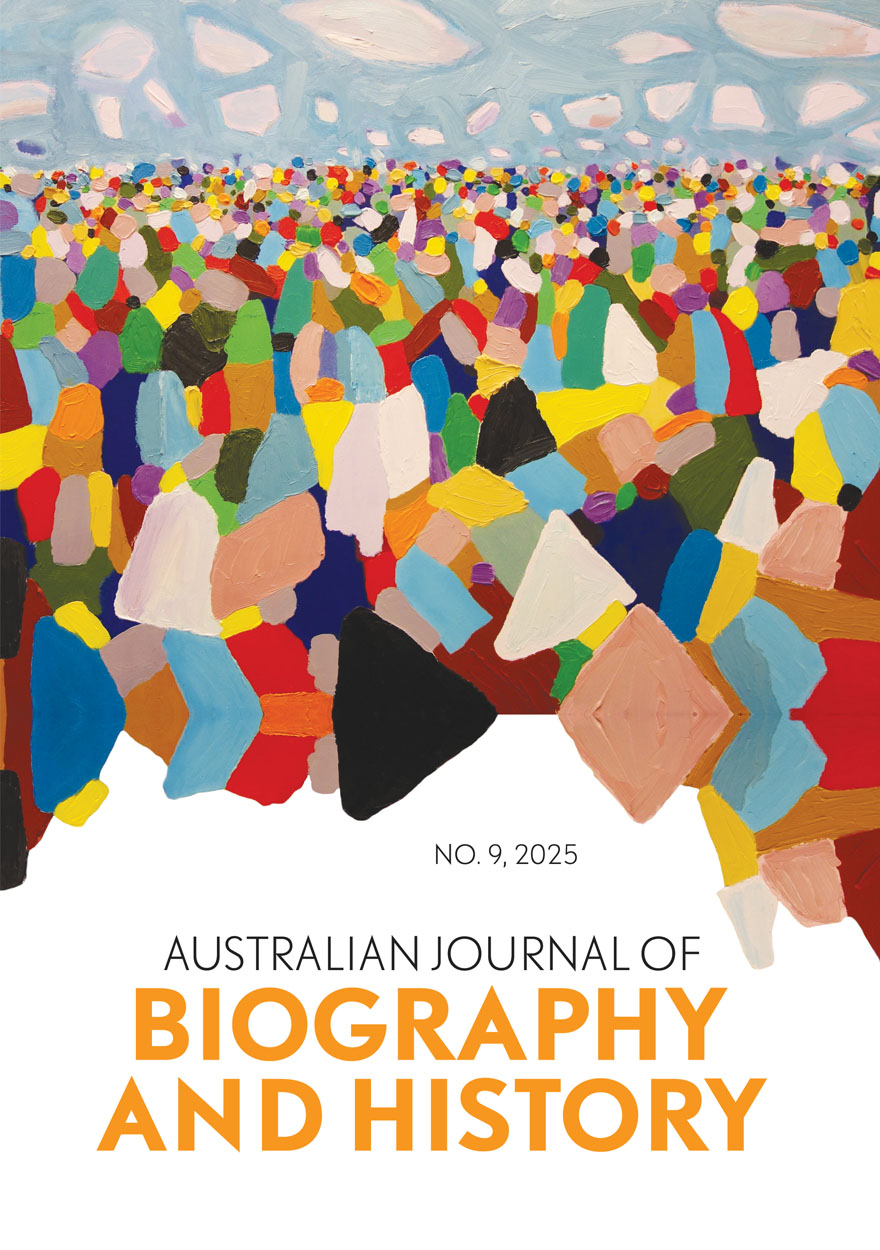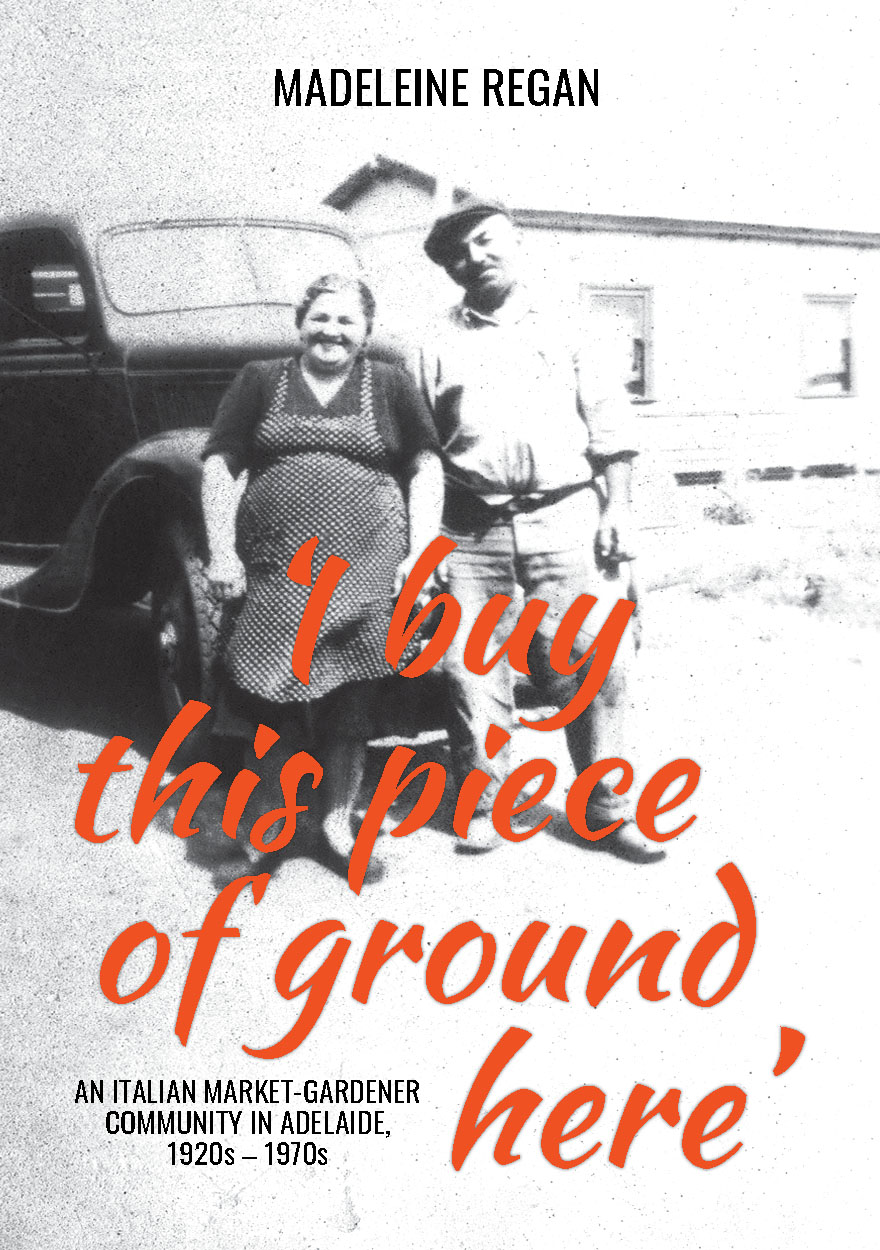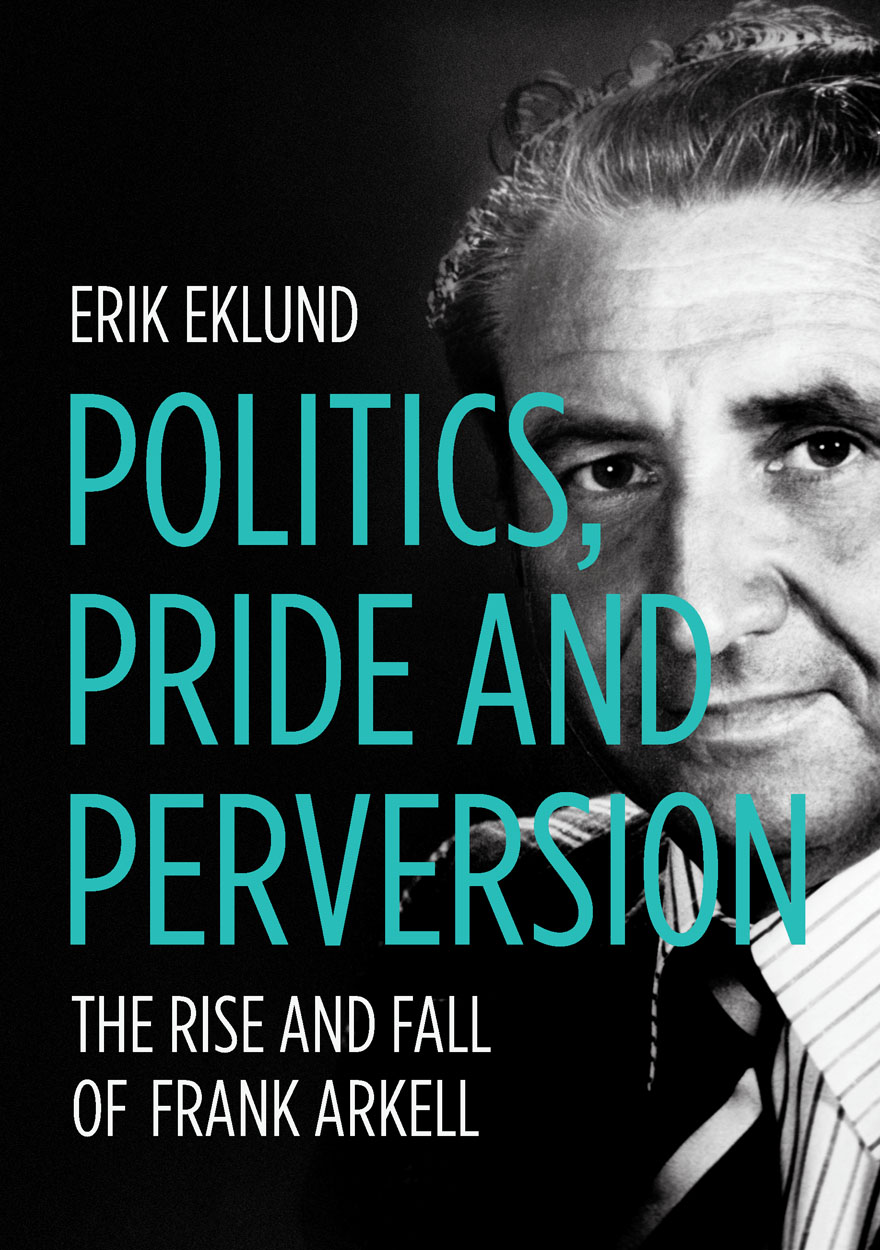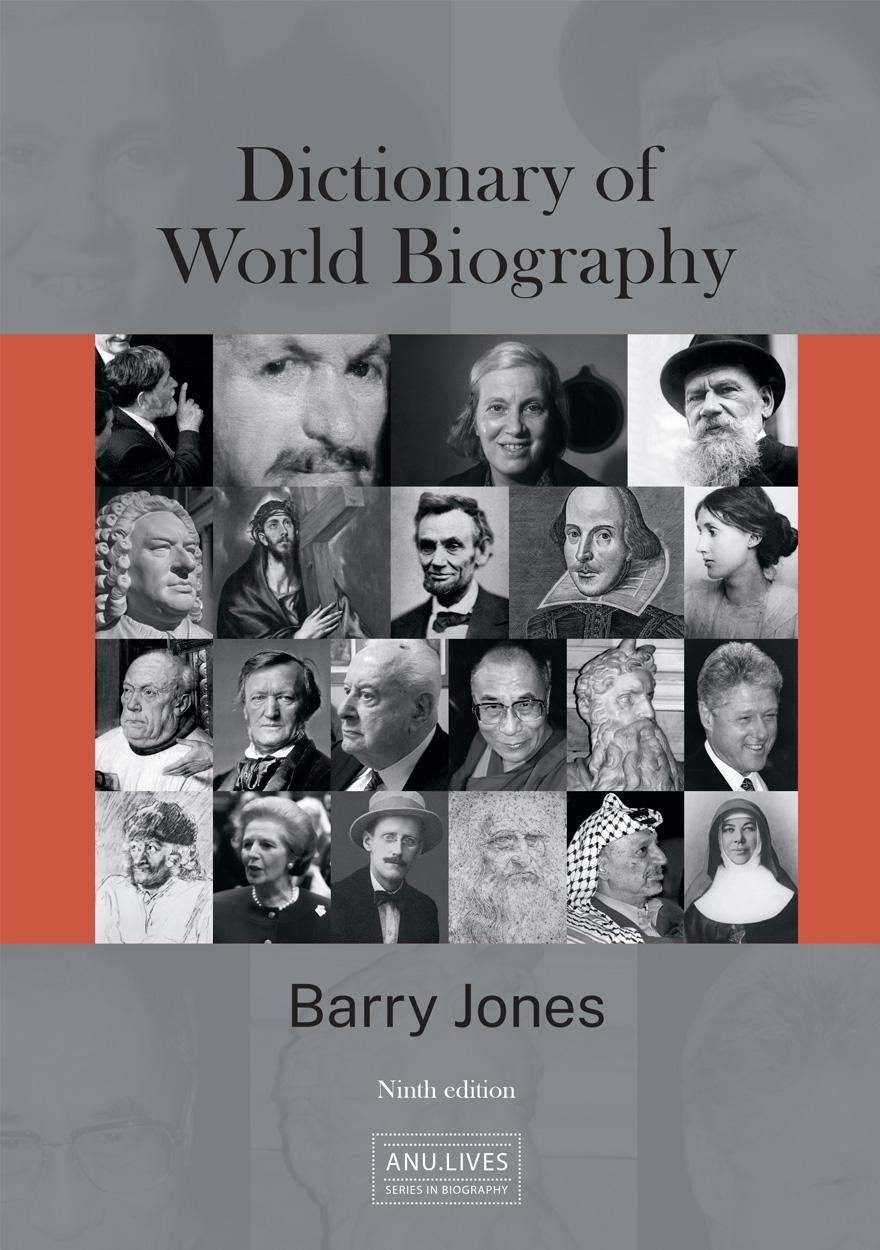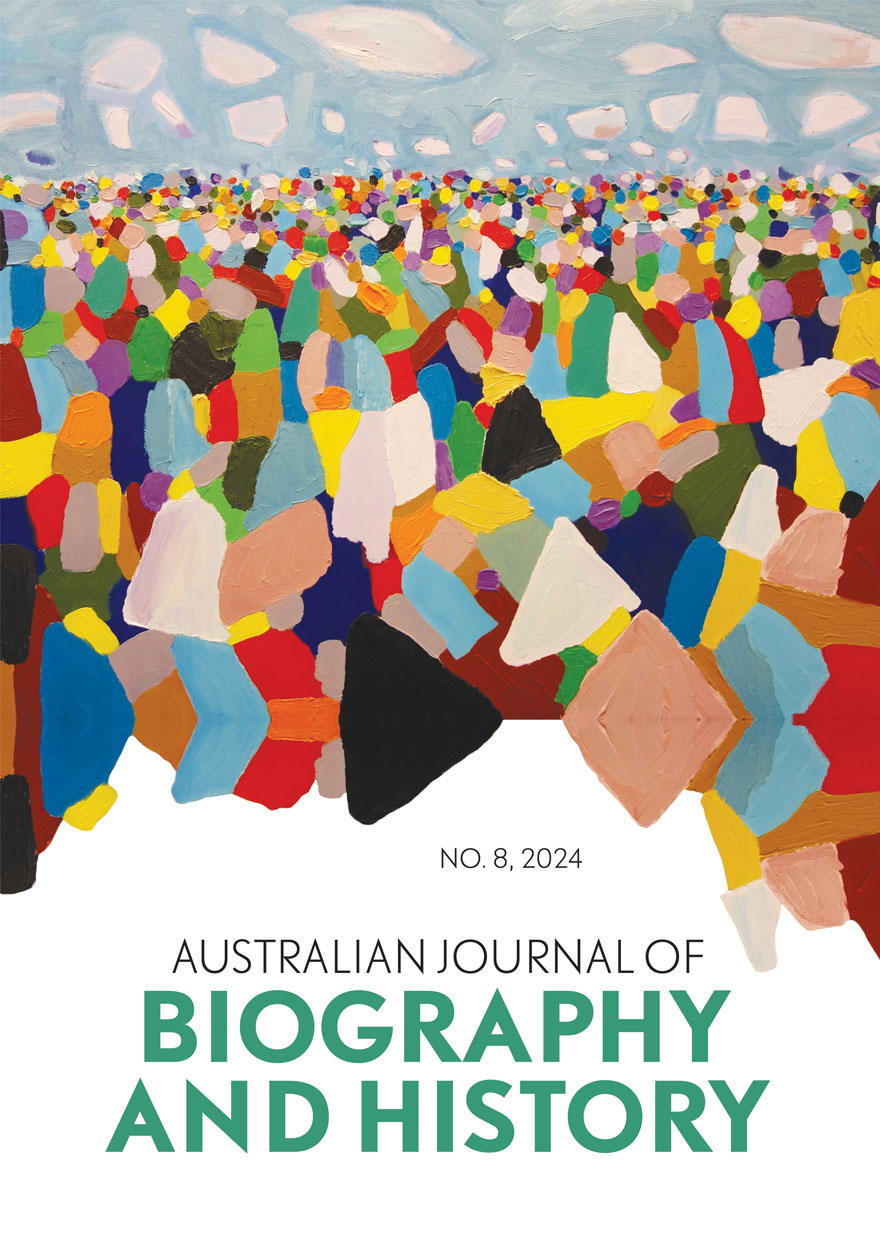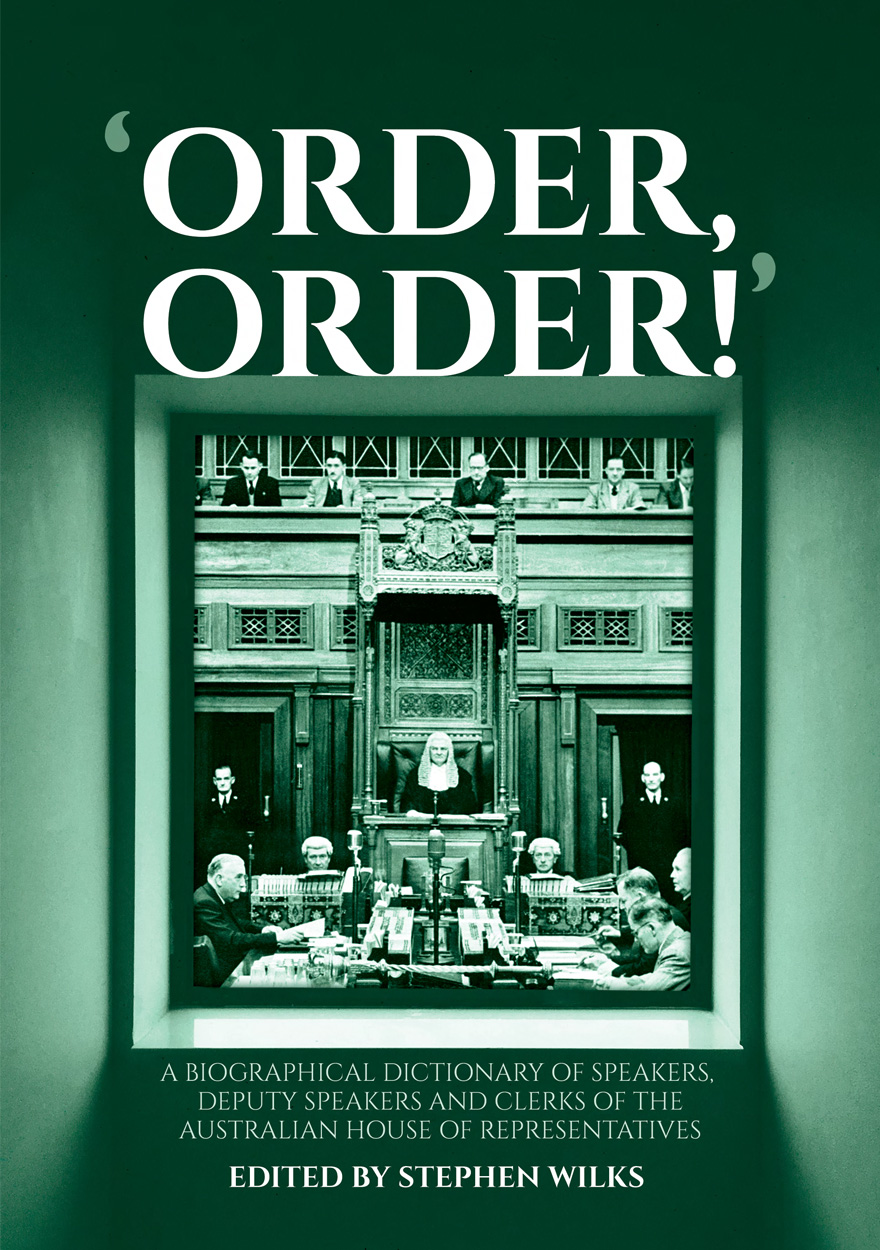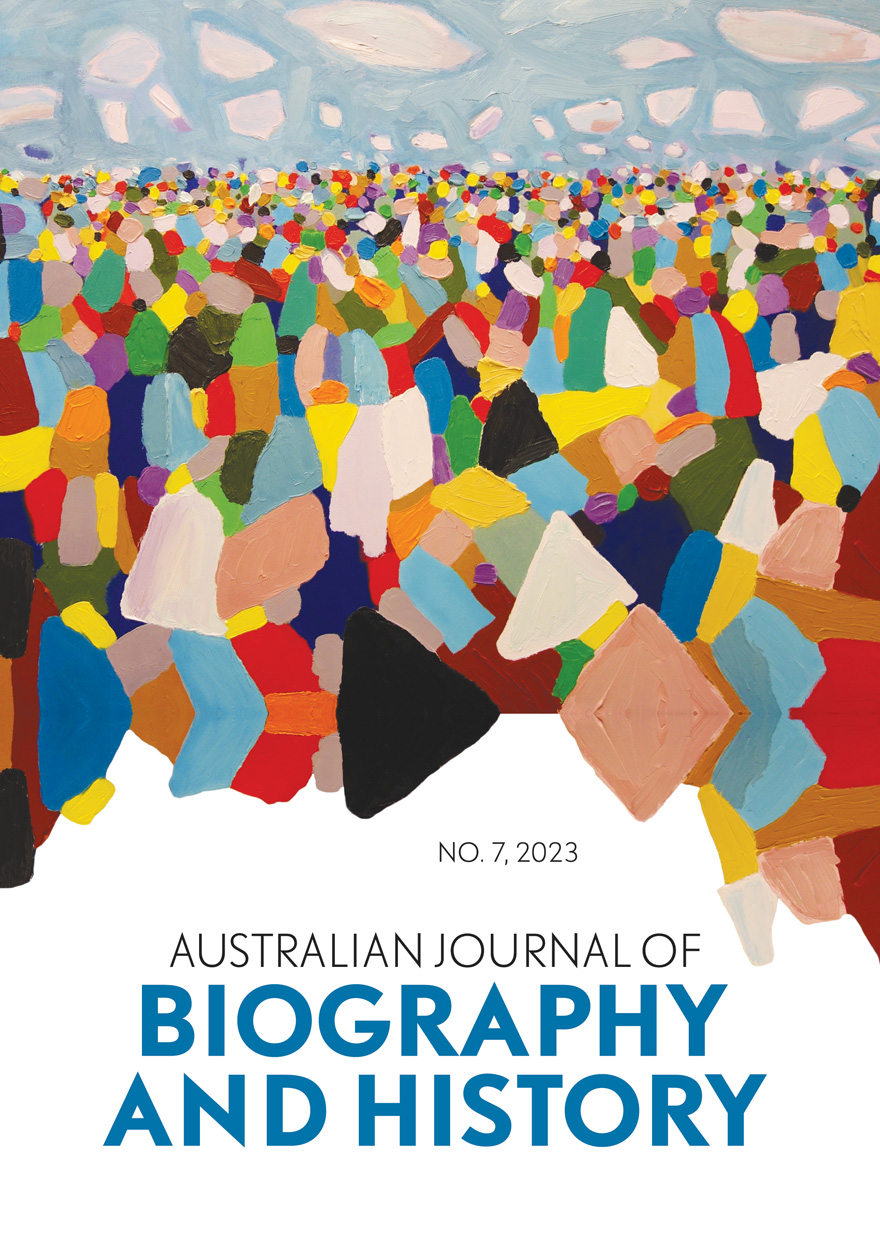
Australian Journal of Biography and History: No. 7, 2023
Special Issue: Convict Lives
Please read Conditions of use before downloading the formats.
Description
This special issue of the Australian Journal of Biography and History explores the lives of convicts transported to Australia and asks how they can be investigated through various forms of biography. Given the ever-increasing range of methodologies for researching convict lives, this issue offers a timely reflection on their varying strengths, limitations and functions as well as on the future of convict history research. Nine refereed articles and two research notes provide new insights into various aspects of convict lives and experiences, combined with broad discussions on methodology.
In their introductory article, Matthew Cunneen and Malcolm Allbrook delve into the history of convict biography and the ways previous historians have attempted to explore and understand such lives. To overcome the gaps and silences in the archives, they argue, historians of convict Australia should employ a range of methodologies that each have their own particular domains of enquiry. In her research note, Janet McCalman reflects on the historiographical discoveries that have been made possible by the digitising, indexing and linking of convict records. She calls for future researchers to continue the work behind large datasets so that one day a fully comprehensive database of convicts can be created. Adopting a more fine-grained approach, Jennifer Bird reconstructs in detail from the archives the penal life of the convict Robert Edward Knox. Her analysis of Knox demonstrates an alternative to big-data approaches for understanding convict agency.
With a similarly refined scope—though one that looks at the convict system from the outside in—Jennifer Brookes examines the struggles of Lydia Anne to join her transported husband, Laurence Hynes Halloran, in Australia. Brookes’s article suggests that historians might consider how contemporary understandings of convicts can be enhanced by studying the lives of non-convicts associated with transportation. Matthew Cunneen reconstructs the lives of three convicts to further inform the experiences of people of colour under transportation. He argues for collective biography as a way of bridging the methodological shortcomings of purely biographical and prosopographical approaches. In the first large-scale study of the subject, Patricia Downes examines the social and legal conditions that saw freely arrived British soldiers sentenced to transportation within the Australian colonies. Complicating old narratives of the soldiers as contaminated by the convicts around them, she explores how military crimes resulting in transportation were sometimes driven by desires for freedom from military life and to protest service conditions.
Christine Fernon reports in her research note on the progress made in the National Centre of Biography’s First Three Fleets and Their Families project, an ambitious intergenerational study of Australia’s early colonial history. The preliminary findings give a sense of the insights that the project will provide into how convict lives formed the fabric of Australian colonial history. Kristyn Harman and Anthony Ray explore the intergenerational effects of the convict system through the experiences of three convicts of colour. In analysing these lives, they contribute to our understanding of interracial marriage, family formation and recidivism in Van Diemen’s Land. Hamish Maxwell-Stewart, David Andrew Roberts and Mark McLean draw on a wealth of convict records to show the potential of using big data to analyse thousands of convict lives in parallel. Doing so would allow the individual to be contextualised within the greater population and would present opportunities for temporal and spatial analysis, thereby deepening understandings of British criminal management.
Visually illustrating the potential of big data in studies of convict protest and collective biography, Monika Schwarz examines collective resistance networks in female factories in Van Diemen’s Land. She draws together the stories of previously unconnected women and uncovers episodes of resistance. Returning convict history to its material origins, Richard Tuffin, Martin Gibbs, David Roe and Sylvana Szydzik draw on archaeological methods of digital technology to recontextualise convict lives. By mapping sites of convict labour and quantifying the outputs from them, the authors collectively argue that adopting multi-scalar and multidisciplinary approaches to studying convict environments can deeply enhance the histories of those who were involved with them. This issue deepens understandings of Australia’s convicts, the lives they led and the ways historians can best study them.
Details
- ISSN (print):
- 2209-9522
- ISSN (online):
- 2209-9573
- Publication date:
- Jun 2023
- Imprint:
- ANU Press
- DOI:
- http://doi.org/10.22459/AJBH.07.2023
- Journal:
- Australian Journal of Biography and History
- Disciplines:
- Arts & Humanities: Biography & Autobiography, History
- Countries:
- Australia
PDF Chapters
Australian Journal of Biography and History: No. 7, 2023 »
Please read Conditions of use before downloading the formats.
If your web browser doesn't automatically open these files, please download a PDF reader application such as the free Adobe Acrobat Reader.
To copy a chapter DOI link, right-click (on a PC) or control+click (on a Mac) and then select ‘Copy link location’.
Special Issue: Convict Lives
- Understanding convict lives: A historiographical and methodological reassessment (PDF, 0.2MB) – Matthew Cunneen and Malcolm Allbrook doi
Articles
- Convict lives: A research note (PDF, 0.1MB) – Janet McCalman doi
- Robert Edward Knox: Revealing relationships of a recidivist convict (PDF, 0.8MB) – Jennifer Bird doi
- ‘The law must take its course’: Serving Dr Halloran’s time (PDF, 0.2MB) – Jennifer Brookes doi
- Fragmented lives, fragmentary archives: Collective biography in Australian convict history (PDF, 0.2MB) – Matthew Cunneen doi
- A ‘trifling punishment’: Australian redcoats as convicts (PDF, 0.5MB) – Patricia Downes doi
- The First Three Fleets and Their Families: The lives and legacies of Australia’s early colonial settlers (PDF, 1.0MB) – Christine Fernon doi
- Interracial marriage, convict family formation and recidivism in Van Diemen’s Land (PDF, 0.2MB) – Kristyn Harman and Anthony Ray doi
- ‘Damned lives and statistics’: Big data, collective biography and convict history (PDF, 1.5MB) – Hamish Maxwell-Stewart, David Andrew Roberts and Mark A. McLean doi
- ‘Round ring on the floor’—Collective resistance networks in female factories (PDF, 2.8MB) – Monika Schwarz doi
- Where the past happened: Using history and archaeology to locate Australia’s convicts (PDF, 5.0MB) – Richard Tuffin, Martin Gibbs, David Roe and Sylvana Szydzik doi
Author memoir
- The road to Marnpi: A biographer’s journey (PDF, 3.1MB) – Alec O’Halloran doi
Book reviews
- Malcolm Allbrook review of Mary Anne Fitzgerald, A Most Surprising Man: The Life of Victor Marra Newland (PDF, 0.1MB)
- Margaret Allen review of Anne Black, Pendragon: The Life of George Isaacs, Colonial Wordsmith (PDF, 0.1MB)
- Nicholas Brown review of Bob Boughton, Danny Blackman, Mike Donaldson, Carmel Shute and Beverley Symons, eds, Comrades! Lives of Australian Communists (PDF, 0.1MB)
- Martin Crotty review of Doug Munro, History Wars: The Peter Ryan–Manning Clark Controversy (PDF, 0.1MB)
- Carol Liston review of Patricia Clarke, Great Expectations: Emigrant Governesses in Colonial Australia (PDF, 0.1MB)
- Andrew J. May review of Richard Broinowski, Under the Rainbow: The Life and Times of E. W. Cole (PDF, 0.1MB)
- Mark McKenna review of Hans Renders and David Veltman, eds, Different Lives: Global Perspectives on Biography in Public Cultures and Societies (PDF, 0.1MB)
- Colin Milner review of Peter Edwards, Law, Politics and Intelligence: A Life of Robert Hope (PDF, 0.1MB)
- Melanie Nolan review of Peter Beilharz and Sian Supski, eds, The Work of History: Writing for Stuart Macintyre (PDF, 0.1MB)
- Rosalie Triolo review of Kim Rubenstein, The Vetting of Wisdom: Joan Montgomery and the Fight for PLC (PDF, 0.1MB)
- Jessica Urwin review of Eleanor Hogan, Into the Loneliness: The Unholy Alliance of Ernestine Hill and Daisy Bates (PDF, 0.1MB)
- Peter Woodley review of General Sir Peter Cosgrove, You Shouldn’t Have Joined... : A Memoir (PDF, 0.1MB)
- Peter Woodley review of Krista Vane-Tempest, Edith Blake’s War: The Only Australian Nurse Killed in Action During the First World War (PDF, 0.1MB)
- Contributors (PDF, 0.1MB)
- Copyright and journal information (PDF, 0.1MB)
Other publications that may interest you




